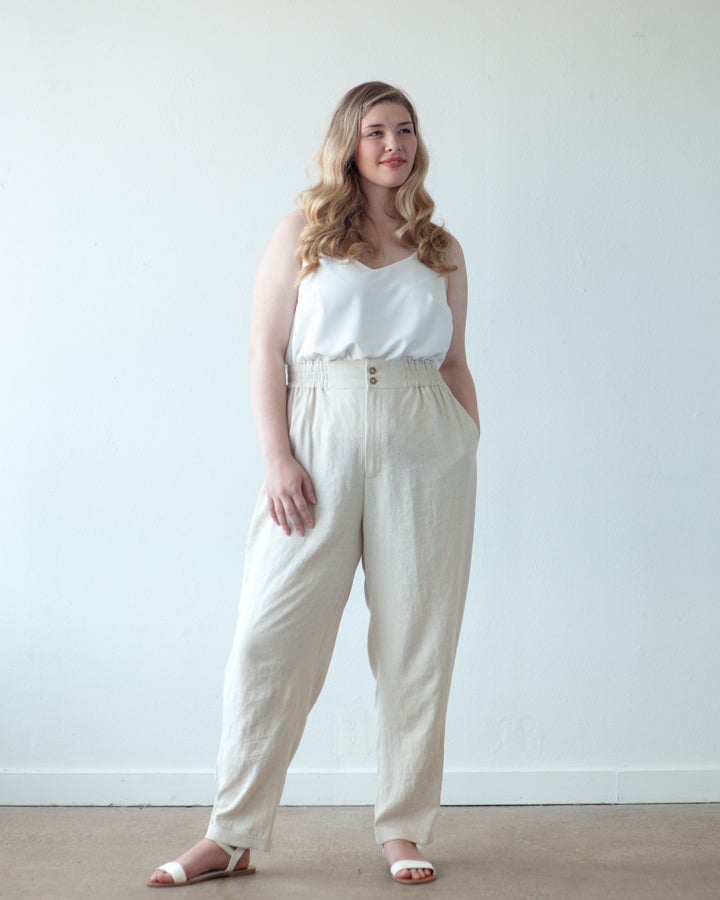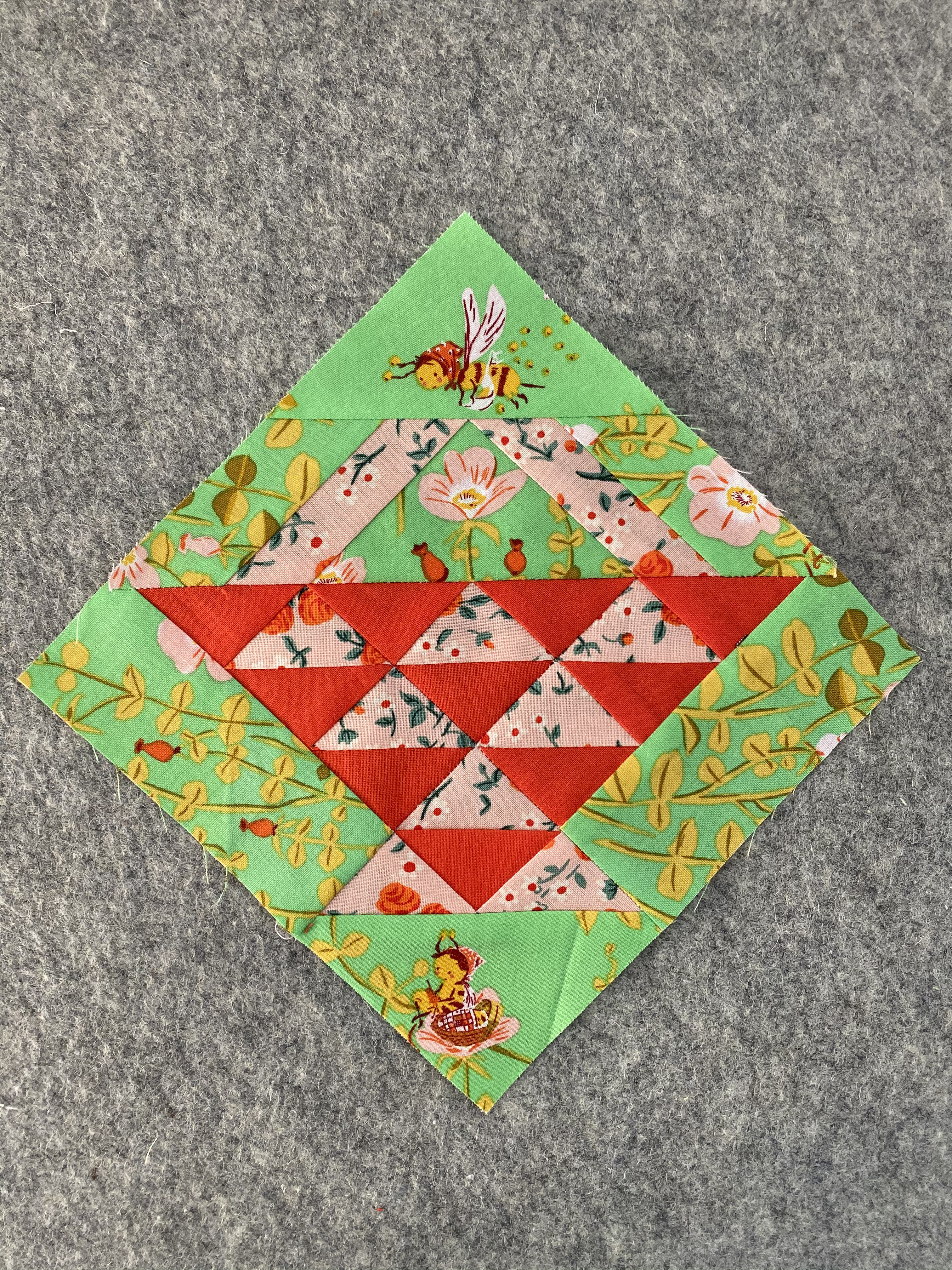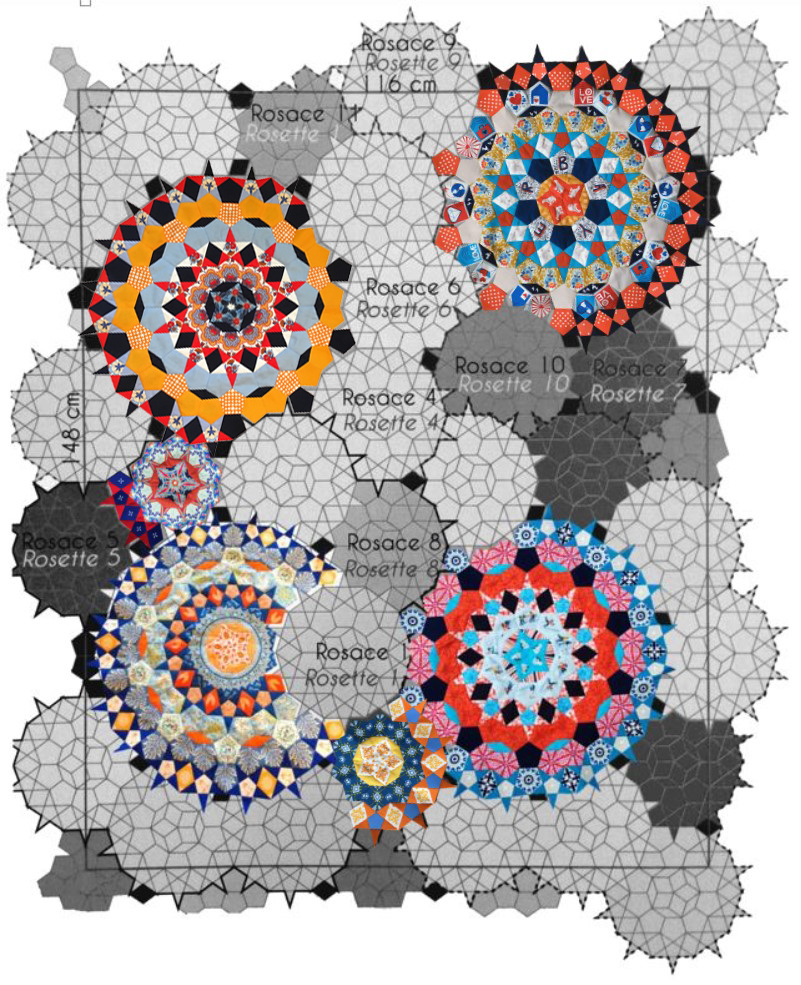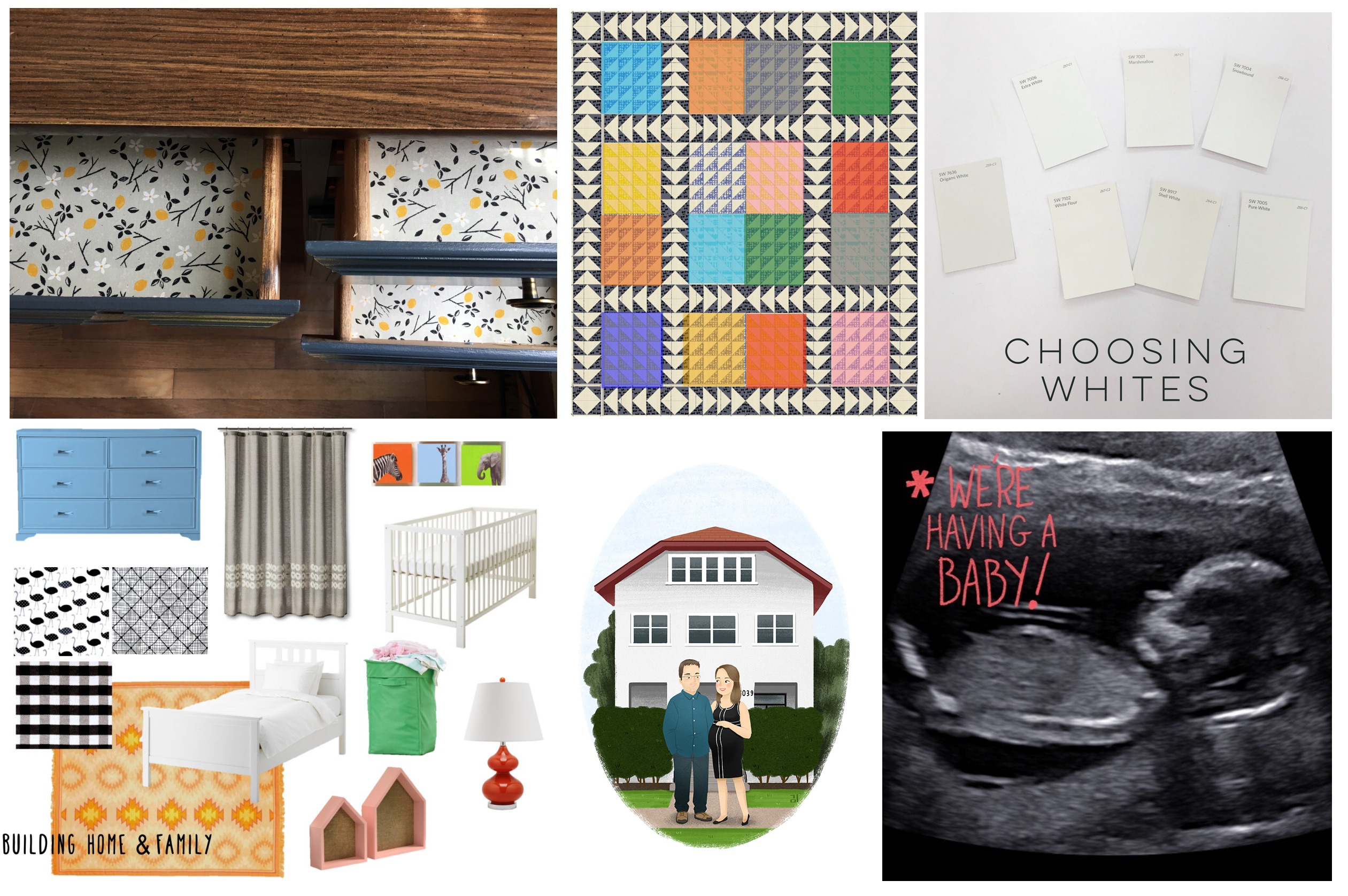My family was fortunate to spend Christmas 2020 together. We accomplished this feat, despite COVID restrictions, by putting all three households in complete lockdown for two weeks prior to the visit. I am aware how incredibly privileged that makes all of us, and I don’t take the gift of that time together lightly. We were tested before and after our trip and had no positive results.
I may have gotten ahead of myself this year. I figured that if we made getting together work during the height of a pandemic, it should be even easier in 2021. I ordered fabric to make matching pajama pants for all the girls in my family (my mom, sister, two daughters, and me). Now it is starting to sink in that with the Delta variant, opening economies, and two kids too young for vaccination, we might wake up to different trees Christmas morning. But since we won’t know until it’s too late to make the final call on my sewing project, and since I already invested in some gorgeous Rifle Paper Co. fabric, I’m going to plod ahead anyway. I will ship the pants and make a collage of photos if needed.
I am hoping for a fairly uniform look but am working with a variety of sizes: infant, toddler, “standard” women’s sizes, and an extended size range. It would be easiest for me if I only had to buy two patterns, one each in child and adult women sizes.
Below is a summary of the patterns I considered for adults. I thought others might find it useful to see what options I found in expanded sizes, factors I considered in selecting a pattern, and which pattern I ultimately chose. The three top contenders were:
Loungewear PJ Shirt & Pant Set by Style Arc
Pros: Prettiest pattern option available in a wide size range; easily my top choice if not for the challenges below.
Cons: Pattern is not layered; each size is a separate file, which makes grading difficult. Designer is known for “sparse” instructions, which worries me as a novice at garment sewing.

Spinifex PJs by Muna and Broad
Pros: Simple-looking pattern with pretty trim; the piping adds interest to the pants.
Cons: Cropped tops are not flattering on me personally. Pant cuffs are presumably cut separately so add a sewing step.

Pros: Stylish pant, simple construction
Cons: Afraid it could look diaper-like with a large tummy. Must purchase separate patterns for size range 0-18 and 14-32.

Also considered:
Emerson Pants by True Bias (pleated front)
Crew Trousers by Chalk and Notch (tie front)
Carolyn Pajamas by Closet Core Patterns (max size is 20; on the list for expansion per Instagram comments on 1/14/21 post; hack for wide leg exists from designer)
Birchgrove Pants by Muna and Broad (balloon shape? similar to Dani Pant w elasticized waist)
Glebe Pants by Muna and Broad (VERY wide leg for pajamas)
Calder Pants by Cashmerette (VERY wide leg for pajamas)
Magna Pants by Cashmerette (from book Ahead of the Curve, which I pre-ordered; U.S. publication postponed from Oct to Nov, and with any subsequent delay, it would be too late for my slow skills)
Hacking: Trying to use the Spinifex instructions with the Loungewear pattern pieces.

I think I’m going to go with the Dani Pant by True Bias for my sister and me. I don’t know whether my mom would also consider wearing these or whether I’ll have to do a second option for her. I am really, really worried about the stomach fit for the apple shapes in our family. I am reminded of a favorite saying from one of my aunts: “Just because it goes around doesn’t mean it fits!”
I’m not very advanced at garment sewing, so I’m not convinced I could do the Loungewear sewing without good instructions and grading options. It’s a pity because I think the pattern looks amazing. I’m waiting with bated breath for the Carolyn Pajamas and am also very excited for the Magna Pants publication. They won’t work for this particular project but are patterns I fully expect to try in the future.
Wish me luck. There’s no way I can sew double the number of pajama pants needed, so I will cut DIRECTLY into my fashion fabric! *gasp*
I sew very slowly and have Halloween to contend with in the meantime, so hopefully I will have a late December (early January) update with my finished makes!








































